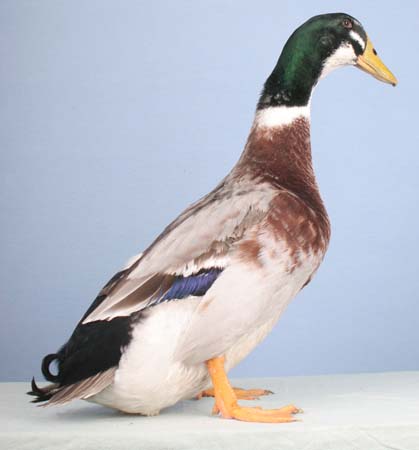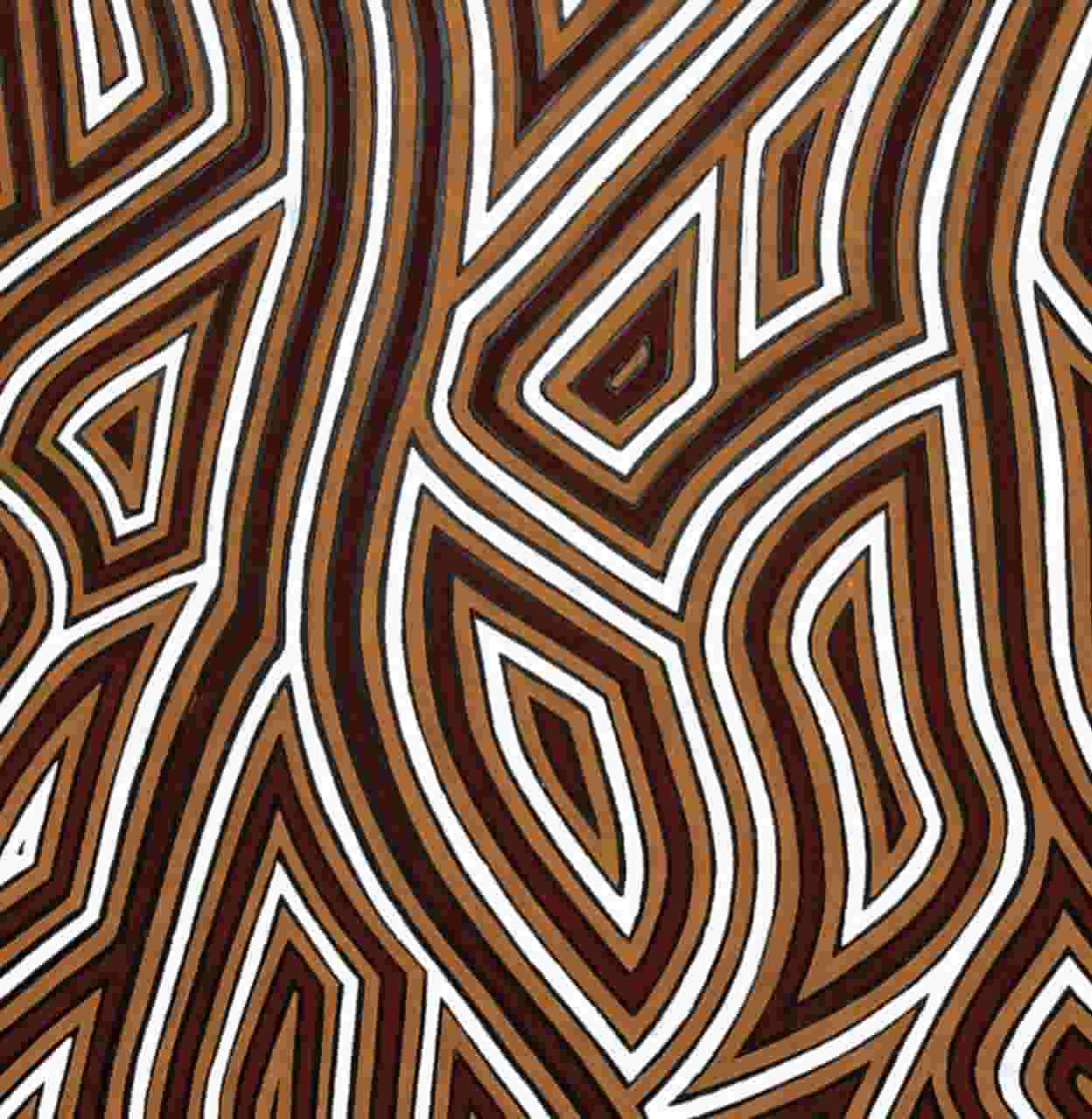Species
Poultry
Poultry is the class of domesticated fowl (birds) farmed for their meat, eggs or feathers. These most typically are members of the orders Galliformes (such as chickens and turkeys), and Anseriformes (waterfowl such as ducks and geese).
The word poultry is often used to refer to the meat of these birds. In a more general sense, it may refer to the meat of other birds, such as pigeons or doves, or game birds like quails or pheasants. It may also refer exclusively to the most common domesticated bird across the globe, the chicken, with origins as far back as the old French word for a young chicken, poulet. Chickens (Gallus gallus domesticus), also referred to as fowl, are descended from the red jungle fowl of Asia.
Types of poultry
When the first fleet arrived in Australia, the cargo included poultry and since that time there have been many importations of poultry into the country. The use of domesticated birds has led to the growth of a number of industries using various breeds to create products for human use.

Poultry on the First Fleet
| Type of Poultry | Number |
| Turkeys | 18 |
| Geese | 29 |
| Ducks | 35 |
| Wildfowls | 122 |
| Chickens | 87 |
Chicken
Chicken is by far the most popular poultry species utilised by Australians for both meat and egg production. Chicken meat consumption has replaced beef as the primary meat consumed and egg consumption is steady and expected to increase. In Australia, the term broiler or meat chicken is used by the industry to describe a chicken grown for meat, while the term layer is used for chickens grown and maintained for egg production. Chickens are also affectionately referred to as chooks. There are many different chicken production systems and markets for both chicken meat and eggs.

Isa Brown chickens are popular with backyard owners due to their high number of eggs
For the broiler industry they include:
- Intensive litter furbished sheds
- Free-range
- Certified organic
For the layer industry they include:
- Cage
- Barn
- Free-range
- Certified organic
On top of varied production systems, there are also different diets that appeal to different markets including:
- Corn fed chicken meat
- Vegetarian eggs
- Enriched eggs (e.g. Omega-3)
Industry definitions
- Broiler is an American word used to describe a meat bird such as chicken, turkey or duck.
- Chick refers to a baby bird.
- Chicken can be used when referring to young birds, the entire fowl species or the meat that is eaten by humans.
- Chook is Australian & New Zealand slang for a hen, or a cooked chicken.
- Cockerel, cock or rooster are names given to a male chicken.
- Hen is the name given to the adult female chicken.
- Pullet is the term used for the immature female layer.
- A spent hen is one that has finished its productive life.
Turkey
The turkey is a domesticated variety of an American wild bird. It is used for meat products and is quite popular in Australia.
Duck
Ducks and geese are sometimes grouped together as waterfowl. Ducks are very popular and have an established part in Australian menus. In many other countries, particularly in Asia, ducks are the most popular form of poultry.
Goose
Goose meat is popular in some cultures and some demand has been developed in Australia. Most geese are still kept as ornamental birds, or as watch geese, as they will honk fiercely at intruders. The goose is related to the duck but can live by eating grass.
Game birds
‘Game’ is a word which is properly applied to wild creatures that are hunted for food. They are also sometimes called wildfowl. Many game birds have now been domesticated, but are still called game. In Australia, these include pheasant, guinea fowl, quail, partridge and squab pigeon (pigeons of up to four weeks of age that have not yet flown). Other species of bird are used mainly for producing meat, but some produce eating eggs also. Quail eggs, in particular, are very popular. Interestingly, the quail is the smallest member of the partridge family. These species are not as efficient as chickens in converting feed into meat or eggs, but they have a special appeal which ensures a market for their product.
Ostrich
The ostrich industry has grown in Australia only recently, since the international market for ostrich hides has developed. Hides, meat, oil and feathers all have some value. Ostrich eggs can be used for decorating.
Emu
This native Australian bird competes with the ostrich and has valuable oil considered to have medicinal properties. The hides, meat and eggs are also of value. The emu is Australia’s largest native bird.

Fanciers
There are many breeds of poultry which play very little part in the commercial poultry industry. These are called fancy poultry and are usually kept by small producers (or fanciers) who enjoy breeding, showing and exchanging birds with other fanciers.
Backyard production
Many farmers and some suburban householders still like to keep their own poultry for egg and meat production. Most buy commercial crossbred hens at the point of lay and keep them in semi-intensive conditions in the yard. Some use small colony cages or even use a few-layer cages in a protected spot. Others buy day-old chicks and rear their own birds.




